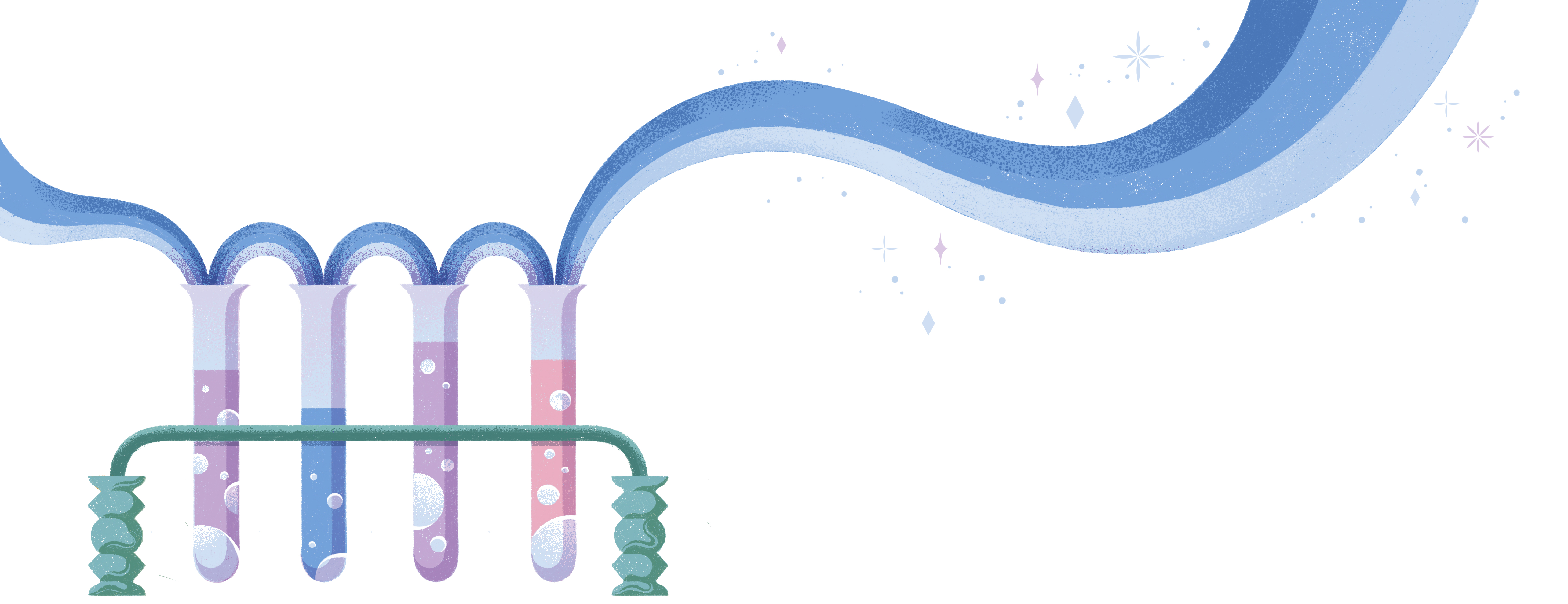Giant Cell Arteritis
What is giant cell arteritis?
Giant cell arteritis is a disease caused by inflammation in certain blood vessels, called arteries. Inflamed arteries become swollen and thickened, which can cause arteries to narrow or even become blocked. If this happens, the blood supply to the tissue can be reduced and cause damage to important structures within the body. In some cases, the consequences can be severe. For example, if the artery supplying an important nerve in the eye (known as the optic nerve) becomes blocked, it can lead to blindness.
The arteries at the side of the head (known as the temples), are the blood vessels most commonly affected by this inflammation. Because of this, giant cell arteritis is sometimes called temporal arteritis. However, giant cell arteritis can also affect arteries in the neck, upper body and arms.
It is called “giant cell arteritis” because cells from affected arteries can appear large or ‘giant’ under a microscope.
What are the risk factors for giant cell arteritis?
The reason that some people get giant cell arteritis is not completely clear. However, there are some factors that are known to increase the chance of a person developing this disease, called ‘risk factors’. Having a risk factor does not mean that you will definitely get the disease. Risk factors for giant cell arteritis can include:
- Age – the biggest risk factor for giant cell arteritis is advancing age. Giant cell arteritis is almost always seen after the age of 50 years
- Female gender – giant cell arteritis is up to four times more common in women than in men
- Genetic factors – some genes are associated with a higher risk of giant cell arteritis
- Smoking
- Narrowing of arteries (atherosclerosis)
- Infections
What are the symptoms of giant cell arteritis?
The most common symptom that people with giant cell arteritis experience is headaches. These are usually felt at the side of the head (the temple area), but can also be felt around the front, top or back of the head and are often very painful. You may also have pain in your shoulders and hips, called polymyalgia rheumatica.
Other common symptoms of giant cell arteritis include tiredness, a loss of appetite, weight loss and flu-like symptoms. For some people, the only symptom of giant cell arteritis may be an unexplained fever. Others may also experience pain around the face, tongue or throat, particularly when chewing food or talking. Some people may also experience visual problems, such as double vision, which can lead to blindness in one or both eyes if the giant cell arteritis is not properly treated.
How is giant cell arteritis diagnosed?
If the doctor thinks you might have giant cell arteritis, they will ask questions about your symptoms and examine the area around your temples. They will send you for blood tests and may refer you to a specialist for further examination.
The specialist may perform an ultrasound scan of your temples and take a small piece of the temporal artery (called a biopsy) so that it can be examined under a microscope for signs of giant cell arteritis. If you have a biopsy, the area around your temples will be numbed using a medication like a dentist uses. This is a safe procedure and usually leaves little or no scarring.
What treatment options are available for giant cell arteritis?
The main goal when treating giant cell arteritis is to stop any inflammation and restore the blood flow in the affected arteries. Giant cell arteritis is usually treated with a medicine called prednisone and you may be given tablets to take every day. Prednisone is a type of medicine known as a steroid and works well for treating giant cell arteritis because it helps to reduce inflammation. Due to the risk of blindness, the doctor may start treatment while you are still having tests to confirm that you have giant cell arteritis.
Once treatment is started, symptoms usually start to improve within a few days. After 2 to 4 weeks, depending on how you respond to treatment, the doctor may start to lower the dose of prednisone. However, most people continue to take a low dose for 1-2 years, and a small number of people may need to take prednisone for the rest of their life.
Many people experience side effects from steroids and the doctor may give some additional medications to reduce the risk of these problems developing. Side effects related to steroids treatment include:
- Developing cataracts
- Bone fractures
- Infections
- Increased blood pressure
- Diabetes
Not everyone will get better with steroid treatment and some people who have serious side effects may need to stop treatment. In these cases, other medications are needed. Currently, the only other approved treatment for giant cell arteritis is called tocilizumab. Tocilizumab works well for giant cell arteritis because it has an anti-inflammatory effect. It is also used in other conditions, for example rheumatoid arthritis.
What is the outlook for a person with giant cell arteritis?
Most people with giant cell arteritis do not need to be admitted to hospital and can go to their local clinic for treatments and check-ups. However, if symptoms are particularly bad or if a person cannot manage their symptoms at home, a hospital stay may be necessary. Once giant cell arteritis has been successfully treated, people will need to regularly see their doctor to check that giant cell arteritis has not come back and to check for side effects from steroid therapy.
References
- https://www.rheumatology.org/I-Am-A/Patient-Caregiver/Diseases-Conditions/Giant-Cell-Arteritis
- https://www.ncbi.nlm.nih.gov/pubmed/22285588
- https://www.nhs.uk/conditions/temporal-arteritis/.
- https://www.healthpoint.co.nz/download,91419.do
- https://www.hopkinsvasculitis.org/types-vasculitis/giant-cell-arteritis/
- https://bestpractice.bmj.com/topics/en-gb/177
- https://emedicine.medscape.com/article/332483-treatment
- https://www.ncbi.nlm.nih.gov/pubmed/14558057


